One of the biggest problems is that delivery time slots are seemingly impossible to come by. After filling out their carts, customers would attempt to check out, only to find that all of the delivery options are suddenly unavailable. We spoke to a few shoppers, who told us of the various issues they encountered.
Mark Gerolimatos, based in the San Francisco Bay Area, said he’s been unable to order groceries from Amazon Fresh for three to four days. “I found that using Fresh has become ‘reFresh constantly,’ not unlike trying to get tickets to some stupid concert,” he said. After constant reloading, he was able to get a delivery time slot, but by then the cart was empty, as all the goods were gone. He also tried the Safeway app, but all slots were reserved as well.
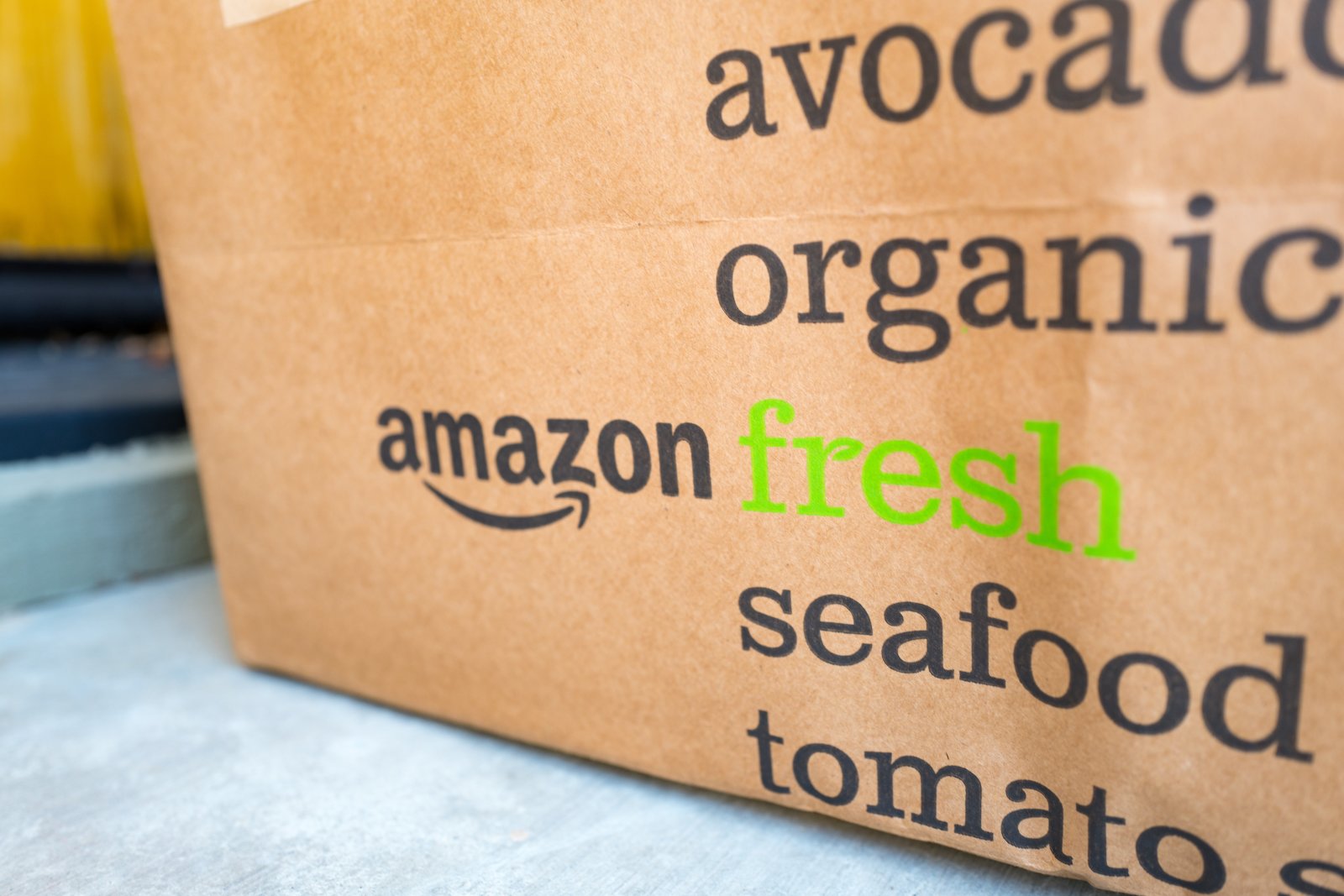
Keenan from Los Angeles reported similar issues. “I’ve literally been trying to order Amazon Fresh for the past week or longer,” he said. “I kept on top of it, and just kept trying day after day, multiple times per day and hour, which was exhausting to say the least […] If you go through that entire process over and over as items continue to sell out, let me tell you that isn’t fun.” After trying for over a week, Keenan did eventually chance upon an open window for delivery and had his groceries delivered.
Both Keenan and Gerolimatos were not frequent users of online groceries prior to the coronavirus lockdown, as they are both able-bodied enough to shop for them in-person. But for many others, like the elderly or the disabled, online groceries are a valuable alternative to in-store shopping. Yasmin, a San Antonio attorney with AMC (Arthrogryposis Multiplex Congenita), a disorder that restricts her movements, was a frequent user of Instacart, Favor (a delivery service for HEB, a Texas-based grocery chain) as well as Amazon Fresh. But the coronavirus has changed that.
“I haven’t been able to order anything,” she said of both Amazon Fresh and HEB. “Every time I attempt to order groceries, I’m told that there aren’t any slots and the earliest anything can be delivered is late next week.” Yasmin does have a care provider, but she hasn’t been able to go to the store for her as often as she’d like due to the size of the lines and the risk involved. In the meantime, Yasmin has a stockpile of toilet paper and food, but she’s concerned that it’ll run out. “I haven’t been able to get any paper towels, and my care provider has had to go to many stores just to find milk,” she said. “I can’t tell you how anxious this has made me.” Yasmin said she is lucky to even have a care provider and is worried about what would happen without her. “I would probably be in a much more dire situation than I am now.”
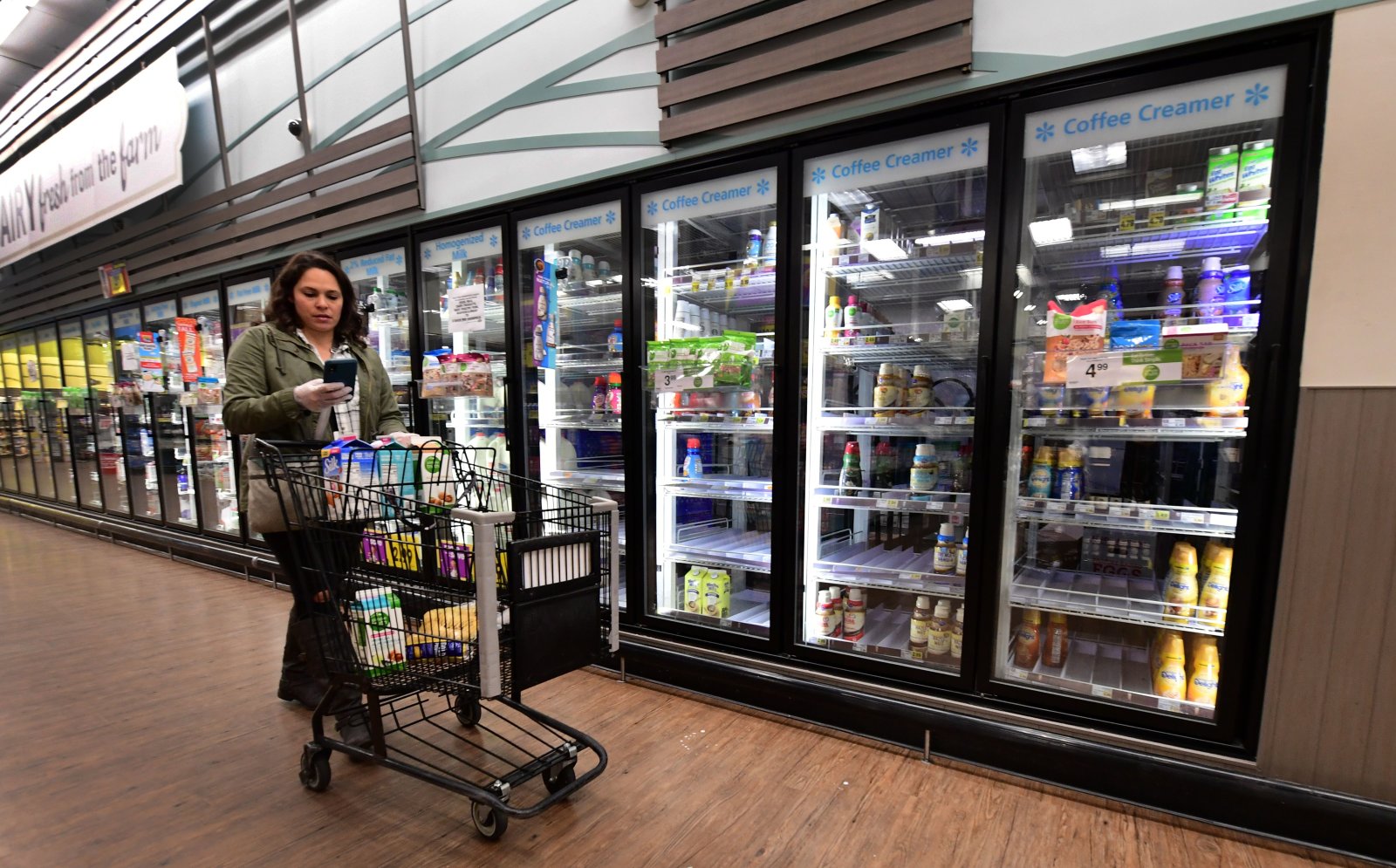
Then there are those ordering groceries for their elderly parents. Angie from Seattle was trying to do so from Walmart but said there were no delivery slots for a whole week (though she was able to order successfully from Wegmans, another grocery store chain). Corey B. from Virginia was trying to use Instacart to deliver to his grandmother who’s based in rural Massachusetts, but couldn’t. “Instacart allowed me to select a delivery slot […] then told me they couldn’t make the delivery and I should reschedule (though they have no slots available at all),” he said. “My grandma is 96 and lives alone 500 miles away and was counting on this food to get by.”
Several of these companies have provided statements that they’re trying their best to meet demand. “We’ve seen an increase in people shopping online for groceries and are working around the clock to continue to deliver grocery orders to customers as quickly as possible,” said an Amazon spokesperson. Amazon also limited the purchase quantities of high-demand items like toilet paper and stopped taking orders for non-essentials in France and Italy.
Instacart gave a similar statement: “As consumer demand continues to climb, our teams are working around the clock to ensure we can reliably serve the millions of customers turning to Instacart as an essential service provider. Over the last three weeks, Instacart has seen the highest customer demand in company history with billions of dollars of groceries being sold on our platform.” As for the delivery window issue, the company said that they are “specific to individual store volume and shopper availability.” It also announced plans to hire 300,000 additional Instacart shoppers over the next three months.
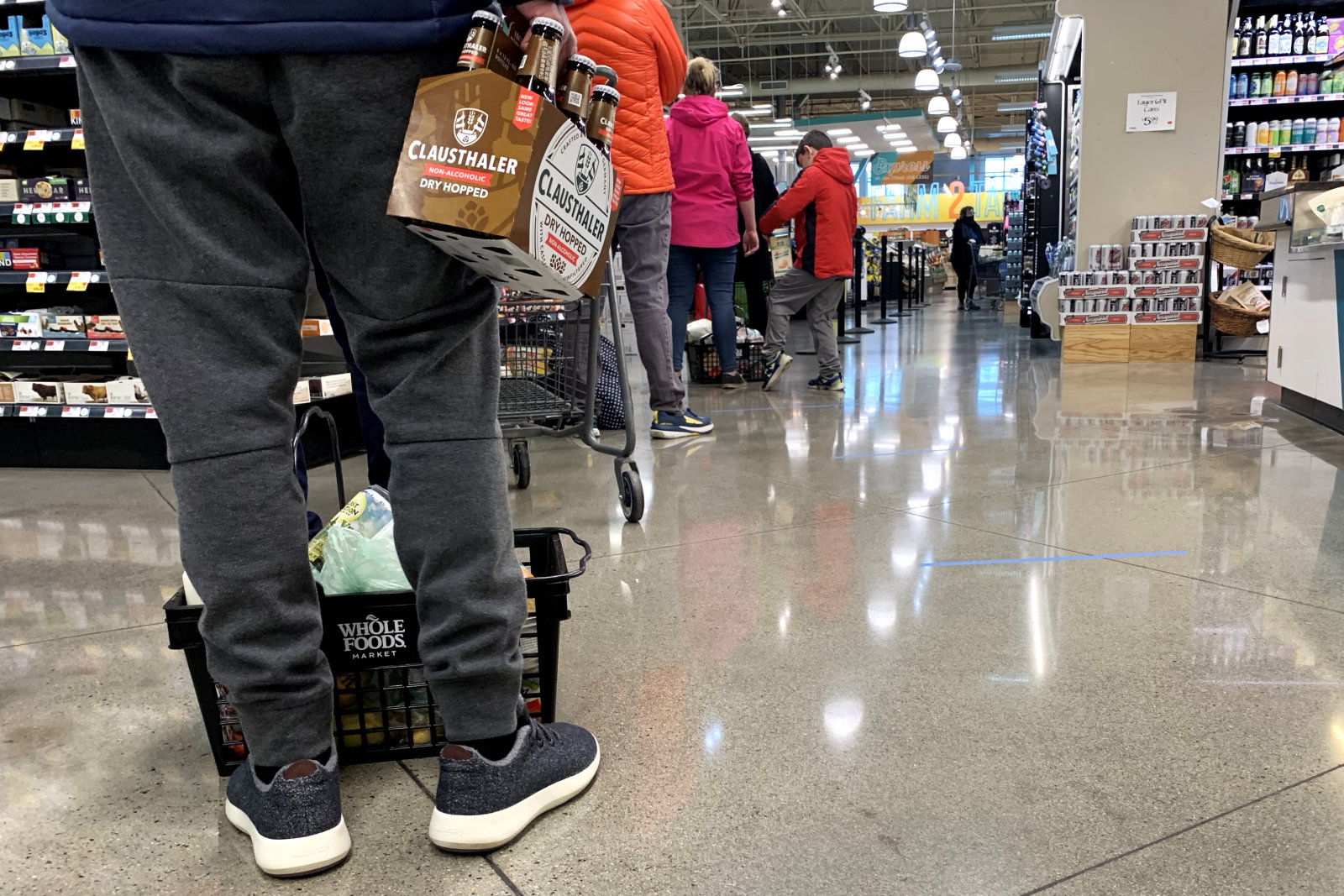
The reality is, prior to the coronavirus-fueled demand, online grocery deliveries have been a relatively tough sell in the US. Even though the idea has been around for several years now — Peapod, arguably the country’s first-ever internet grocery store was founded in 1989 — it has never really caught on stateside.
A Kantar Consulting study in 2018 reported that while only 4.4 percent of grocery sales in the US are done online, that number is significantly higher in South Korea, where it’s 19.1 percent. It’s also higher in the UK and Japan, at 7.2 and 7.7 percent respectively. Much of that could be because the US is just so spread out compared to these other countries, plus there could also be a cultural component where Americans simply prefer to buy groceries in person. That’s partly why so many online grocery services like Webvan and Kozmo failed. The only company to survive those early years is the aforementioned Peapod, which has so far focused on denser cities like New York City and Chicago, and has been far wiser with its money.
In recent years, however, it seems like online groceries have been on the rise. Walmart, Amazon, and Kroger have all made investments in the space. Amazon in particular has been aggressive in rolling out its Fresh grocery delivery service, which expanded to 18 cities last fall. Most of these companies also rely on independent contractors to deliver their groceries, which theoretically makes delivery cheaper to implement.
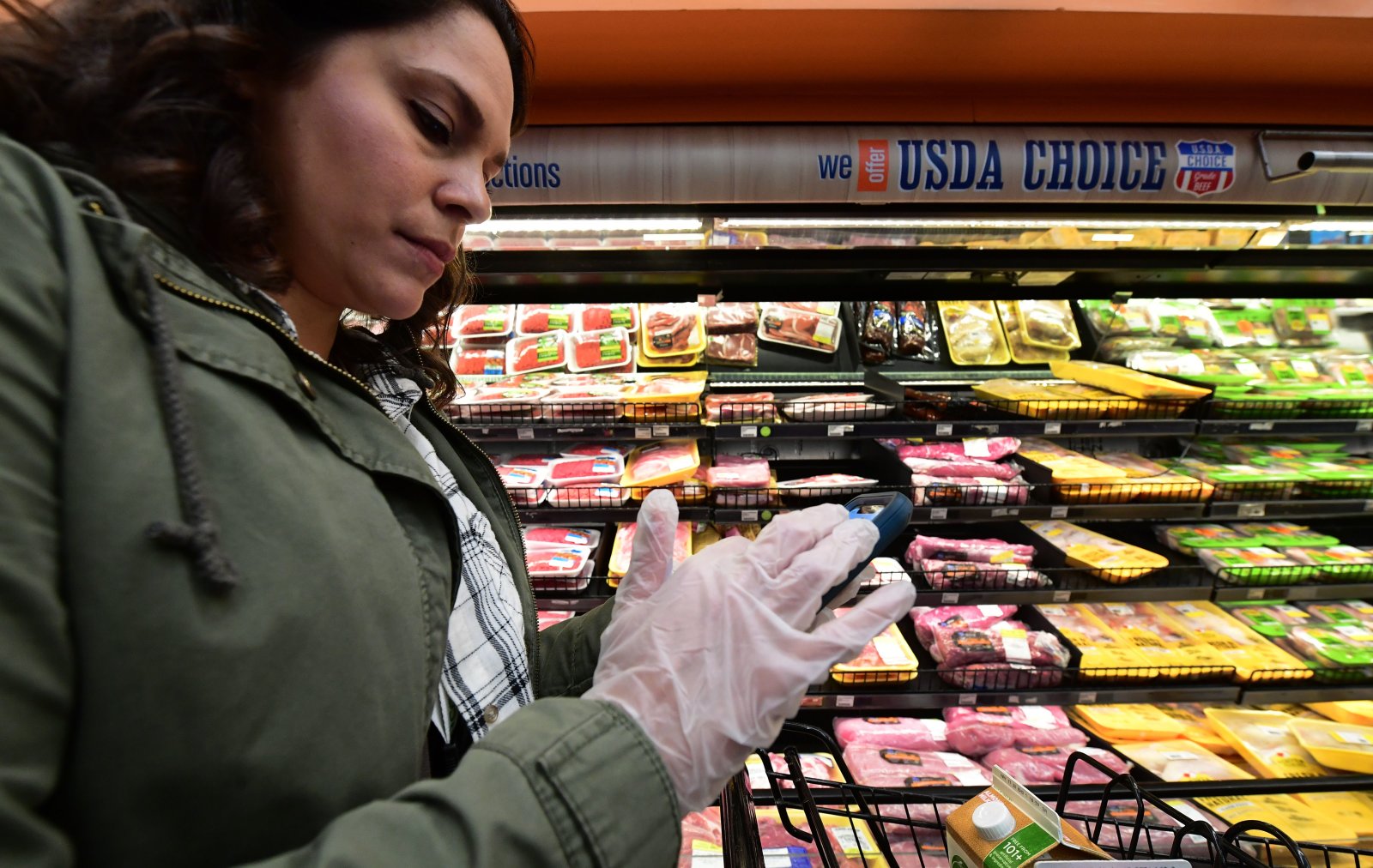
But the COVID-19 crisis has impacted the gig-economy too. Laurice Wardini, an Instacart shopper, tells CNBC that she tried to shop for groceries only to find that the store is out of stock of certain items, and has had to cancel the order as a result. Austen Risolvato, who was visiting her parents in Los Angeles from London, encountered a particularly troublesome Instacart experience that went beyond just deliveries.
“Our shopper was a really lovely woman that was great in a bad situation,” Risolvato told Engadget. According to her, the shopper had a problem where the card issued to her by Instacart wasn’t working in the store. After some back-and-forth, the shopper simply decided to use her own credit card to pay for it, and Risolvato would pay her back. Unfortunately, this resulted in the shopper having her account suspended, because she had accidentally used her mother’s credit card instead of her own, and was subsequently accused of fraud.
“She’s a single mom and this is her job,” said Risolvato. “She’s uploaded the receipts they requested to show that it wasn’t improper use of the card. Their customer service has been insanely bad.” Most recently, Instacart workers have also lobbied to go on strike over the lack of COVID-19 protections.
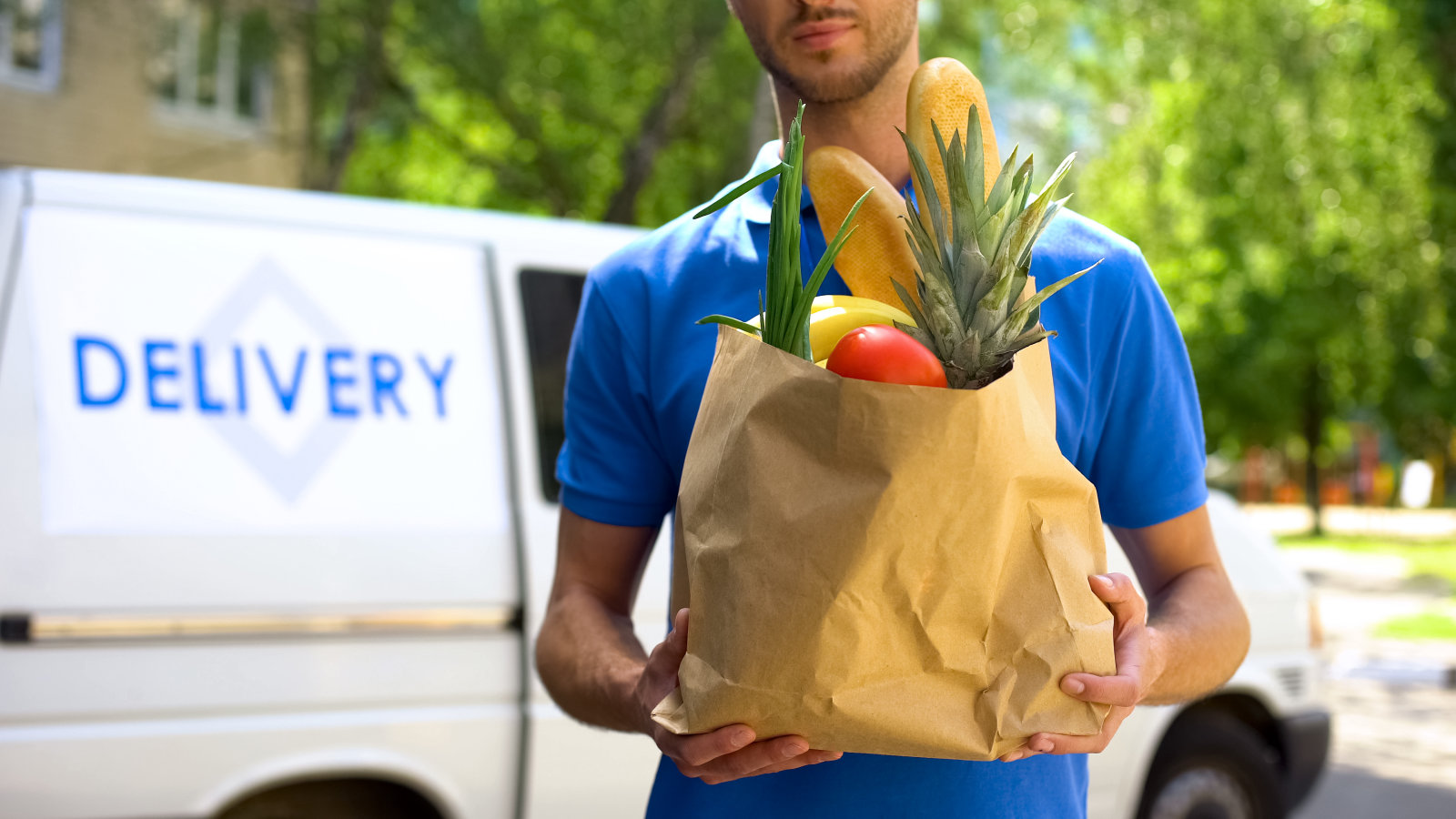
So far, it seems that the best way to be well-stocked with groceries is to plan ahead and make your order before you’re out of supplies. Most of the major retailers like Amazon and Walmart simply recommend refreshing the page or checking back until there is a delivery slot (which, as we warned above, can take several days). You could try other smaller online delivery services such as Mercato that work directly with smaller high-end grocers. Alternatively, consider local resources like organizations that deliver CSA (community-supported agriculture) boxes of produce directly to your door. Some local farms, butchers and smaller grocers might also have their own delivery or pickup options.
That said, online deliveries might not be so difficult to come by in the future. As we mentioned, companies like Amazon and Instacart are investing in more resources and hiring more workers to meet the demand. Plus, panic-shopping should die down over time.
At first glance, it might seem like big companies like these would be able to handle online deliveries on a large scale; after all, these are huge multimillion-dollar corporations. Plus, there’s the fact that companies like Amazon have spent years building a reputation of bold promises like same-day deliveries, two-hour delivery windows and being the one-stop-shop of your everyday life. Clearly, however, even with such a wealth of resources, the coronavirus pandemic has proven to be too much to handle.
Of course, the extent of the coronavirus pandemic hasn’t affected just online grocery deliveries; every aspect of the economy has been hit hard. The fact that online grocery deliveries have failed to keep up with the increased demand due to the coronavirus is not surprising. But you can’t blame consumers from feeling disappointed when, after all those grand promises, the service fails them when they need it most.





